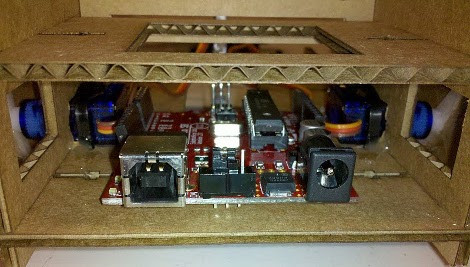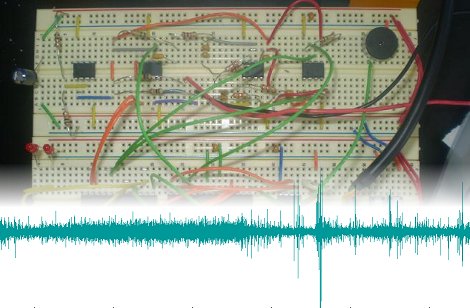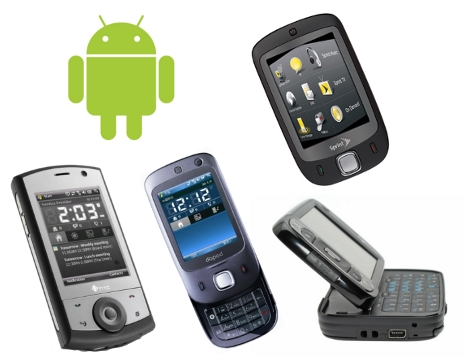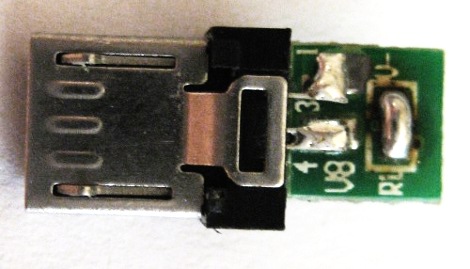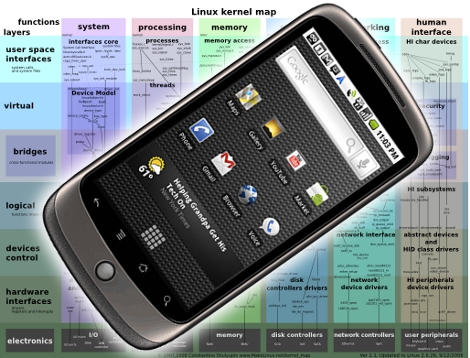[youtube= http://www.youtube.com/watch?v=5yO2KQHkt4A%5D
Android, on the iPhone? We’ve covered iPhone Linux before… and if you look back, we mentioned the possibility of porting Android to the iPhone (even way back in 2008!). Well we are proud to announce that The Future is Now! The details are a little slim so far, but the iPhone is seen running a stock Android 1.6 install (Donut), and has support for Wifi, GSM networks, and even uses openiBoot to dual boot to the regular iPhone OS if you aren’t particularly committed. Right now the developers are considering it an Alpha version, and have provided all you need to perform this particular brand of Cult of Apple heresy. One catch though, the developers say that they only have it working on the 2G models, so sorry all you 3G(S) folks (for now). Dont get too down, and keep an eye open, something like this is bound to attract new talent to push the movement.
Anyone out there with a 2G and some free time? We would love to see some users showing off Hackaday on their hacked up iPhone!


